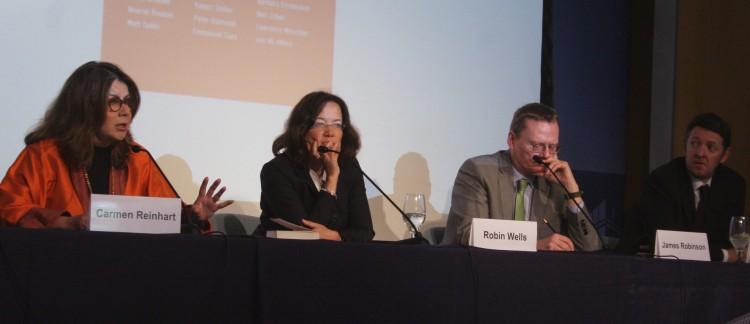WASHINGTON—The Occupy Wall Street (OWS) movement that began in New York’s Zuccotti Park surprised even its organizers in how much it resonated with the public. The movement spread across the country last fall and has become part of our political and cultural landscape.
On April 17, the Peterson Institute for International Economics hosted a discussion on the Occupy movement—its causes, how it relates to U.S. economic and political history, and the direction it may go.
The Peterson Institute—a research organization well-known for studies in international economic policy— is regarded as one of the few Washington think-tanks that is truly nonpartisan.
The four guest speakers had contributed papers to The Occupy Handbook, a compilation of essays on OWS by leading economists, journalists, and social scientists. The Handbook was released on the day of the event.






